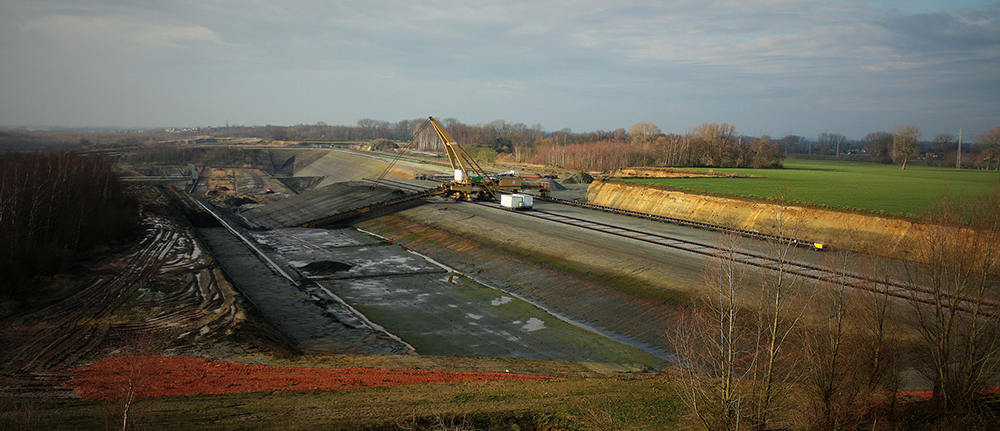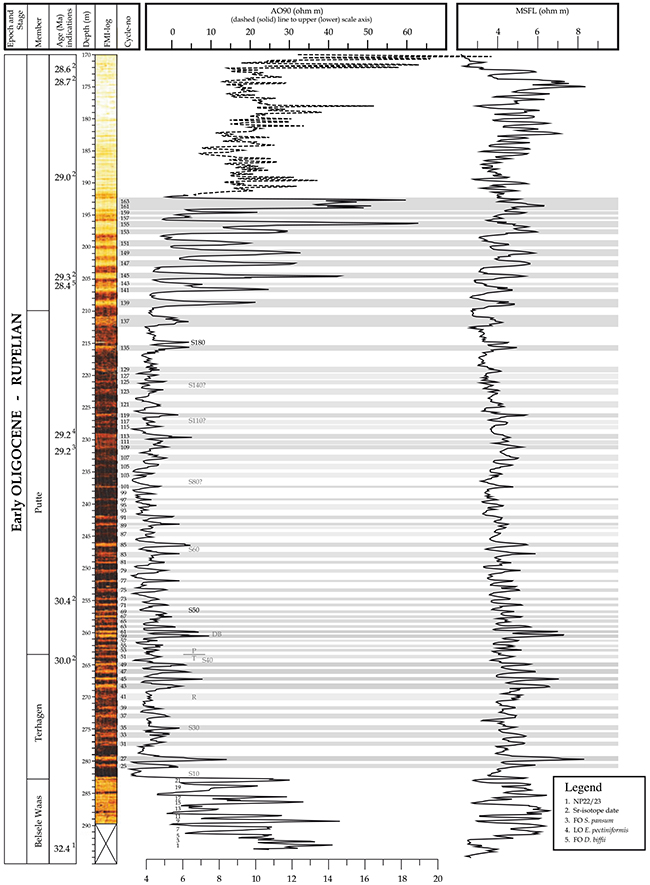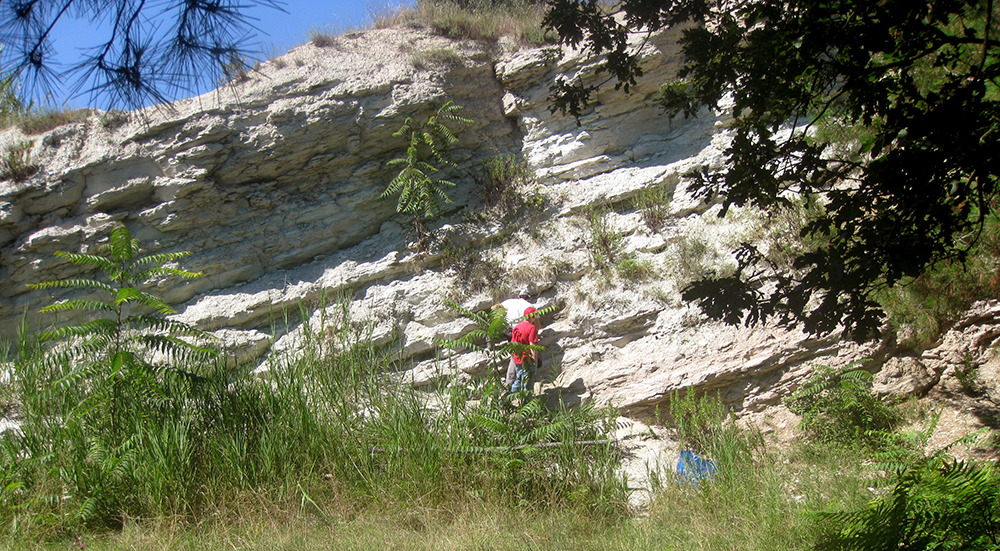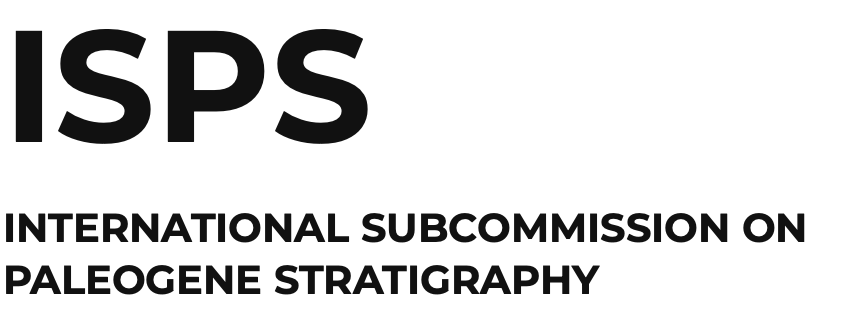Rupelian (Eocene/Oligocene boundary)
International stratigraphic efforts for almost three decades have emphasized the definition of global stratotype section and point (GSSP) boundaries between stages. In these efforts it has appeared in many cases necessary to define the boundaries of a stage in areas very different from the area in which historically the unit stratotype of the stage itself was defined. As a consequence, it is a common challenge to define boundaries in such a way that the full stratigraphic range of the historical stratotypes is respected as much as possible. It is essential to do so for continuity in stratigraphic communication.
Historically, like several other Paleogene stages, the lower Oligocene Rupelian has been defined in sections in Belgium by Dumont (1849). Well studied key sections in the North Sea Basin area of Western Europe (Pomerol, 1981) are representative of the original meaning of the stratotype for the Rupelian, the outcrop area along the Rupel River in Belgium complemented by cored boreholes in northern Belgium (Weelde, Mol, Hechtel, Helchteren). Sections of the wells in northern Belgium were discussed by Vandenberghe et al. (2001) and a cyclostratigraphic discussion of the Rupelian in northern Belgium was published by Abels et al. (2007). The Rupelian Boom Formation sediments are fine-grained siliciclastics deposited at about 50 m to 100 m paleo waterdepth (Van Simaeys et al.n2004).

Extended downhole section of the Boom Clay succession in Belgium revealed that the laterally persistent metre-scale alternations of shallow marine silt- and claystones in the Rupelian historical stratotype succession reflect glacio-eustatic sea-level variations that are primarily driven by 41-kyr obliquity cycles (Abels et al. 2007).

Adequate characterization of the Rupelian-Chattian boundary in this historical area, however, is notoriously hampered by several shortcomings commonly encountered in Paleogene North Sea sections in general. The GSSP for this boundary was selected in the Massignano Section (central Italy), ratified by the IUGS in 1992 and officially published by Premoli Silva and Jenkins (1993) in Episodes.

References
Abels H.A., Van Simaeys S., Hilgen F.J., De Man E. & Vandenberghe N. (2007). Obliquity-dominated glacio-eustatic sea level change in the early Oligocene: evidence from the shallow marine siliciclastic Rupelian stratotype (Boom Formation, Belgium): Terra Nova 19, 65-73.
De Man E., Van Simaeys S., Vandenberghe N., Harris W.B. & Wample J.M. (2010). On the nature and chronostratigraphic position of the Rupelian and Chattian stratotypes in the southern North Sea basin. Episodes 33, 3-14.
Premoli Silva I. & Jenkins D. G. (1993). Decision on the Eocene-Oligocene boundary stratotype. Episodes 16, 379-382.

